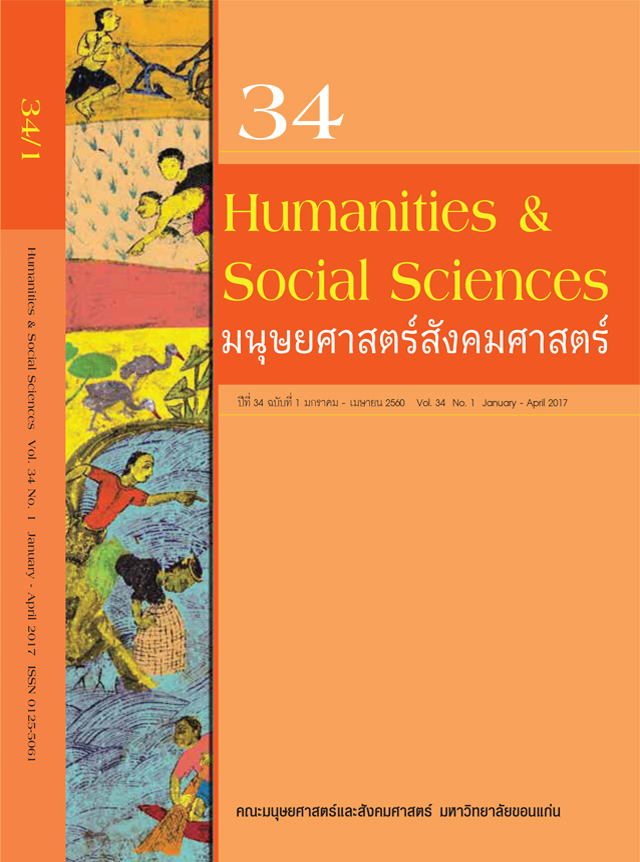อัตตา (ตัวตน) ในพุทธภาษิตและปรัชญาอนัตตา; Atta (Self) in Buddhist Saying and Anatta Philosophy
Keywords:
พุทธภาษิต, ปรัชญาอนัตตา, อัตตา, อนัตตา, buddhist saying, anatta philosophy, self, non-selfAbstract
บทความนี้มีจุดประสงค์เพื่อตอบคำถามว่า การสอนอัตตาในพุทธภาษิตและปรัชญาอนัตตามีวิธีการตอบหรืออธิบายอย่างไร? เมื่อได้ศึกษาเอกสารวิชาการทางพุทธศาสนาและปรัชญาแล้ว ทำให้ได้คำตอบว่า การสอนอัตตาในพุทธสุภาษิตและปรัชญาอนัตตามีวิธีการที่คล้ายกัน คือ เริ่มสอนจากคำว่า มี ไปสู่คำว่า ไม่มี หรือจาก สิ่งมี ไปสู่ สิ่งไม่มี โดยแนะนำให้ศึกษาคำว่า มีหรือสิ่งมีก่อน เพราะคำว่า ไม่มีหรือสิ่งไม่มีก็มีความหมายตรงกันข้ามกับคำว่า มีหรือสิ่งมี
Abstract
This article aims to answer the question ‘how does the teaching of self (atta) in Buddhist saying and anatta philosophy?’. The examination of the academic papers of Buddhism and philosophy about the teaching of self in Buddhist saying is the same method which starts teaching from ‘having’ to ‘non-having’ or from ‘thing to nothing’. The first step starts studying ‘having or thing’, because of ‘non-having or nothing’ is the oppositional meaning with ‘having or thing’.



